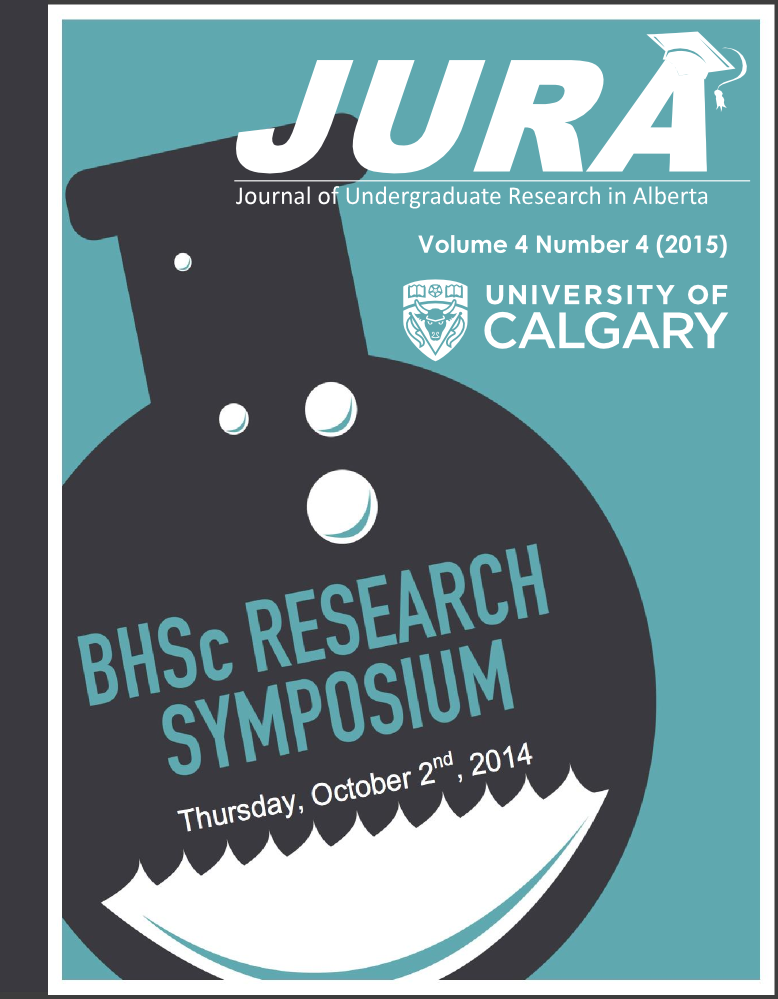Glp-1 as an adjunct to prolactin and anti-cd3 in type 1 diabetes treatment
Keywords:
beta-cell function, type 1 diabetes, GLP-1Abstract
Type 1 diabetes mellitus (T1DM) is an autoimmune disease where the destruction of the beta-cells causes insulin deficiency and hyperglycemia. Many immune modulators have effectively prevented the further destruction of beta-cells in animal models of TIDM. However, due to the small beta-cell mass present at the time of diabetes, immune modulators (such as anti-CD3) have limited efficacy in treating T1DM in humans. We hypothesize that addition of a growth factor that can augment beta-cell number (i.e. prolactin) and recruit stem cells (i.e. GLP-1) may improve effectiveness of immune modulator in inducing diabetes remission. In our current study, we found that the diabetic NOD mice treated with anti-CD3+prolactin+GLP-1 had significantly higher diabetes remission rate in comparison to mice treated with anti-CD3+prolactin or anti-CD3 alone group. This improvement in diabetes remission rate is accompanied by a higher glucose-stimulated insulin secretion rate. By performing immunohistochemistry (IHC), our results show that the anti-CD3+prolactin+GLP-1 group has a similar beta-cell fraction as the anti-CD3+prolactin group. Future experiments determining the pancreatic insulin content and expression of GLUT2 would reveal the mechanism underlying novel therapeutic approach to improve the cure rates in children suffering from T1DM.
Downloads
Downloads
Additional Files
Published
Issue
Section
License
Authors retain all rights to their research work. Articles may be submitted to and accepted in other journals subsequent to publishing in JURA. Our only condition is that articles cannot be used in another undergraduate journal. Authors must be aware, however, that professional journals may refuse articles submitted or accepted elsewhere—JURA included.


